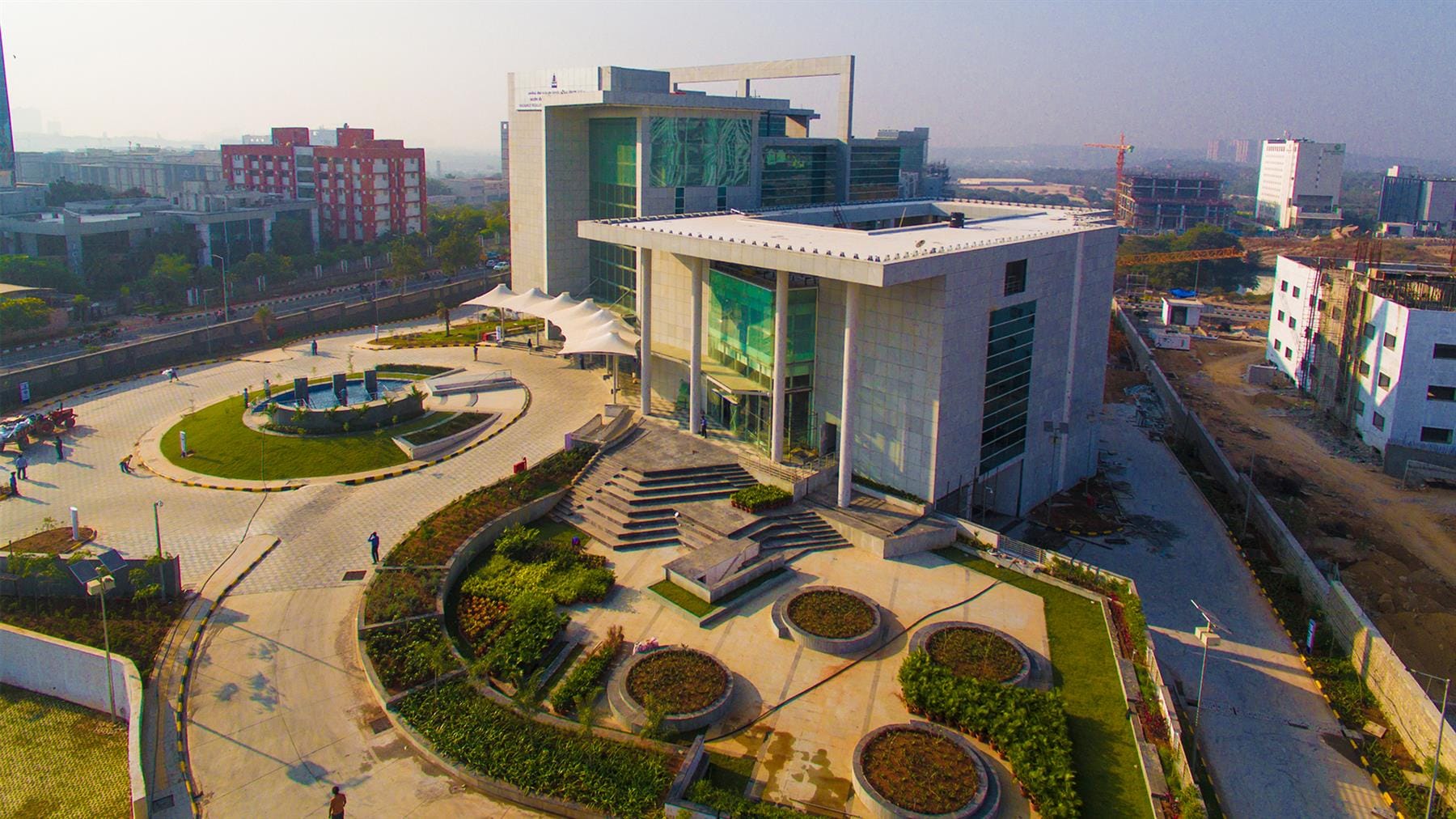Introduction
A life insurance premium is the price you pay for financial protection. It’s not a random number; insurers compute it using actuarial math that blends the probability of death (mortality), interest/discounting, and business expenses—then adjust for your personal risk profile. Understanding this process helps you buy the right cover at the right price, especially for a 5‑year term plan, which is often the most affordable way to secure short‑term goals (like a loan or a career transition).
This guide breaks down life insurance premium calculation India style—how companies price 5‑year term insurance premiums, what affects your quote (age, sum assured, health, lifestyle, riders), and how IRDAI’s rules keep pricing transparent and fair. We’ll also show a simple numerical example for a 30‑year‑old with ₹50 lakh cover, and cite the relevant IRDAI guidelines 2025 so you can trust the process.
What Is a Life Insurance Premium?
Your premium is the amount you pay (monthly/quarterly/annually) to keep coverage active. For term insurance, it buys pure risk protection; there’s no maturity value if you outlive the term.
Base premium: The price for the core term cover.
Total premium: Base premium plus any riders (e.g., accidental death, critical illness, waiver of premium) and applicable taxes/charges. (Note: In 2025, GST on individual life premiums has been reduced to 0%, though implementation nuances—nil‑rated vs exempt—can affect pass‑through; check your insurer’s invoice.) Business Standard+1
Factors Affecting Premium Calculation in India
Insurers evaluate several underwriting and product factors before quoting a 5‑year price:
Age & gender – Mortality risk rises with age; younger lives pay less.
Sum assured – Higher cover → higher premium (near‑linear, with small deviations due to fixed expenses and high‑sum discounts).
Policy term – A 5‑year term prices only five years of risk, keeping costs lower than long tenures for the same age/cover.
Health & medical history – Conditions (e.g., diabetes, hypertension) may raise rates or require exclusions/medical tests.
Lifestyle & occupation – Smoking, hazardous jobs/hobbies (mining, aviation sports) increase risk loadings.
Riders & add‑ons – Accidental Death Benefit (ADB), Critical Illness (CI), and Waiver of Premium add incremental costs.
Company expenses & margins – Acquisition/renewal expenses, commissions, and prudential margins are built in (see IRDAI governance and pricing principles).
How Insurers Calculate 5‑Year Premiums (Actuarial Steps)
At the core is a simple idea: expected present value (EPV) of claim payouts must be covered by the present value of premiums, plus expenses and margins.
1) Mortality (chance of death each year)
Insurers use published mortality tables for insured lives, such as IALM 2012–14 (Ultimate) from the Institute of Actuaries of India (IAI). These tables estimate the probability of death at each age after medical selection. Actuaries India
2) Interest/discounting
Future cashflows (claims and premiums) are discounted to present value using prudent interest assumptions set by the Appointed Actuary.
3) Expenses & risk loading
Beyond pure risk cost (“net premium”), the gross premium includes fixed/variable expenses, distribution costs, and a margin for adverse deviation—under board‑approved pricing policies overseen by the Product Management Committee (PMC) and the Appointed Actuary, as required by IRDAI’s 2024 framework. IRDAI+1
4) Riders
Each rider has its own risk model (e.g., accident mortality for ADB, morbidity incidence for CI). Rider premiums are added to the base plan’s premium.
Numerical Example: 5‑Year Term (Illustrative Only)
Profile: 30‑year‑old, non‑smoker
Cover: ₹50 lakh
Term: 5 years
Method (simplified):
Use sample probabilities from an insured‑lives mortality table (e.g., IALM) for ages 30–34.
Discount projected claim amounts over five years.
Load for simplified per‑policy expenses and a generic variable expense factor.
Illustrative results (rounded):
| Item | Amount (₹/year) | Notes |
|---|---|---|
| Base risk premium (net) | ~3,310 | Expected‑value cost of five years’ mortality risk (discounted) |
| Loaded gross premium | ~4,387 | After adding a simple fixed+variable expense allowance |
| ADB Rider (₹10 lakh) | +~400 | Illustrative; rider costs vary by insurer/age |
| CI Rider (₹10 lakh) | +~1,200 | Illustrative; CI pricing is sensitive to age/benefits |
| Waiver‑of‑Premium | +~250 | Illustrative |
| Estimated total with riders | ~6,237 | GST currently 0% for individual life premiums; see note below |
Notes: Figures are illustrative to explain mechanics. Actual pricing depends on the insurer’s table assumptions, underwriting class (smoker/non‑smoker), medicals, discounts, and expense structure. As of 22 Sep 2025, individual life premiums have 0% GST, though firms are clarifying pass‑through based on ‘nil‑rated’ vs ‘exempt’.
How age and sum assured shift the 5‑year premium (illustrative)
Same profile, non‑smoker; gross annual premium (₹) without riders:
| Age | ₹25 lakh | ₹50 lakh | ₹1 crore |
|---|---|---|---|
| 25 | ~2,495 | ~3,494 | ~6,865 |
| 30 | ~2,319 | ~4,387 | ~8,525 |
| 35 | ~4,426 | ~8,851 | ~16,960 |
Premiums rise steeply with age (mortality), and roughly scale with sum assured (near‑linear, with small deviations for fixed expenses).
IRDAI Guidelines for Premium Calculation & Disclosure
IRDAI’s 2024–25 framework sets the guardrails for fair pricing, governance, and policyholder transparency:
Principles‑based pricing & governance: The IRDAI (Insurance Products) Regulations, 2024 require board‑approved product and pricing policies, PMC oversight, and Appointed Actuary accountability for assumptions and fairness. IRDAI
Master Circular on Life Insurance Products (June 12, 2024): Consolidates product rules, clarifies Use & File / File & Use, mandates website disclosures (policy wordings, benefit illustrations, calculators), and standardizes customer documents like the Customer Information Sheet. These provisions enhance transparency around premiums and benefits. IRDAI
Benefit Illustration (BI) rules: Insurers must provide customised benefit illustrations at sale, showing premiums and benefits clearly (linked/non‑linked formats). This helps buyers understand costs and scenarios before paying. IRDAI
Solvency discipline: Insurers must maintain a solvency ratio of at least 150% (Available/Required Solvency Margin), reinforcing the sector’s ability to pay claims. lifeinscouncil.org+1
2025 GST update: Multiple industry and media sources report 0% GST on individual life premiums from 22 Sep 2025—check your insurer’s billing for pass‑through and any transition advisories.
Tips for Buyers: Getting the Best 5‑Year Quote
Normalize your comparisons: Keep age, sum assured, term, and riders identical across quotes.
Disclose health & lifestyle honestly: Mis‑disclosure risks claim denial and repricing.
Use official tools: Download the policy brochure and BI from the insurer’s website; verify the product’s UIN and details on IRDAI/insurer pages. IRDAI
Check solvency & service: Review the insurer’s solvency disclosures and service SLAs; stronger solvency and transparent disclosures add confidence. ICICI Prudential Life Insurance
Ask about riders’ pricing logic: Rider costs can differ widely—buy only what you need (ADB/CI/WOP) to avoid overpaying.
Mind the GST change: If your renewal crosses 22 Sep 2025, clarify the GST treatment and expected saving on your net out‑of‑pocket premium.
Common Misconceptions
- “Higher premium = better coverage.”
Not necessarily. A higher premium may reflect older age, health loadings, or richer riders—not a “better” policy. - “Same cover should always cost the same.”
Two people of the same age can see different quotes due to medical history, smoker status, occupation, and underwriting class. - “Riders are always cheap add‑ons.”
Riders are priced for additional risks (accident/critical illness). Costs can materially change your total premium—evaluate need and benefit caps carefully.
Conclusion
For a 5‑year term plan, insurers price premiums by blending mortality, interest/discount rates, expenses, and rider costs, within IRDAI’s governance and disclosure framework. Key drivers are age, sum assured, health/lifestyle, and chosen riders. To make a smart decision, standardize your inputs, read the benefit illustration, verify details on the insurer’s site/IRDAI pages, and compare at least 3–4 quotes. With the 2025 GST change making individual life premiums 0% GST, short‑tenure protection is even more cost‑effective—just confirm how your insurer applies the update. That’s life insurance premium calculation India made practical and transparent.
References & further reading
- IRDAI (Insurance Products) Regulations, 2024 — principles of design & pricing, governance. IRDAI
- Master Circular on Life Insurance Products (June 12, 2024) — disclosures, BI, Use & File/File & Use. IRDAI
- Benefit Illustration Circular (IRDAI) — customised BI at point of sale. IRDAI
- IALM 2012–14 (Ultimate), Institute of Actuaries of India — insured‑lives mortality basis. Actuaries India
- Solvency requirement (150% ratio) — Life Insurance Council & insurer disclosures. lifeinscouncil.org+1
- GST on individual life premiums cut to 0% (Sep 22, 2025) — Business Standard & industry communications.
Disclaimer: All example premiums are illustrative; actual pricing varies by insurer and underwriting. Always rely on current brochures, benefit illustrations, and policy wordings.















